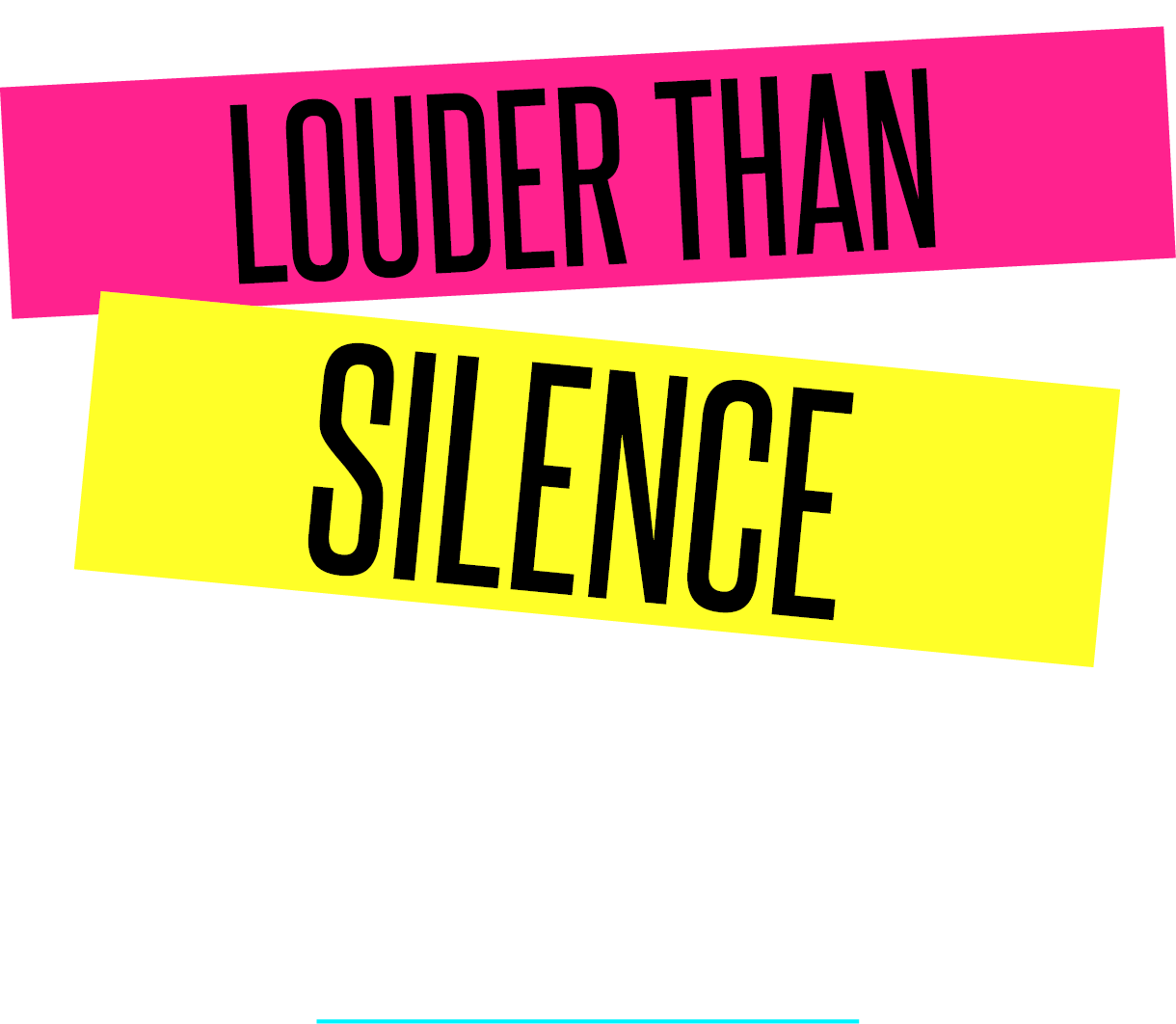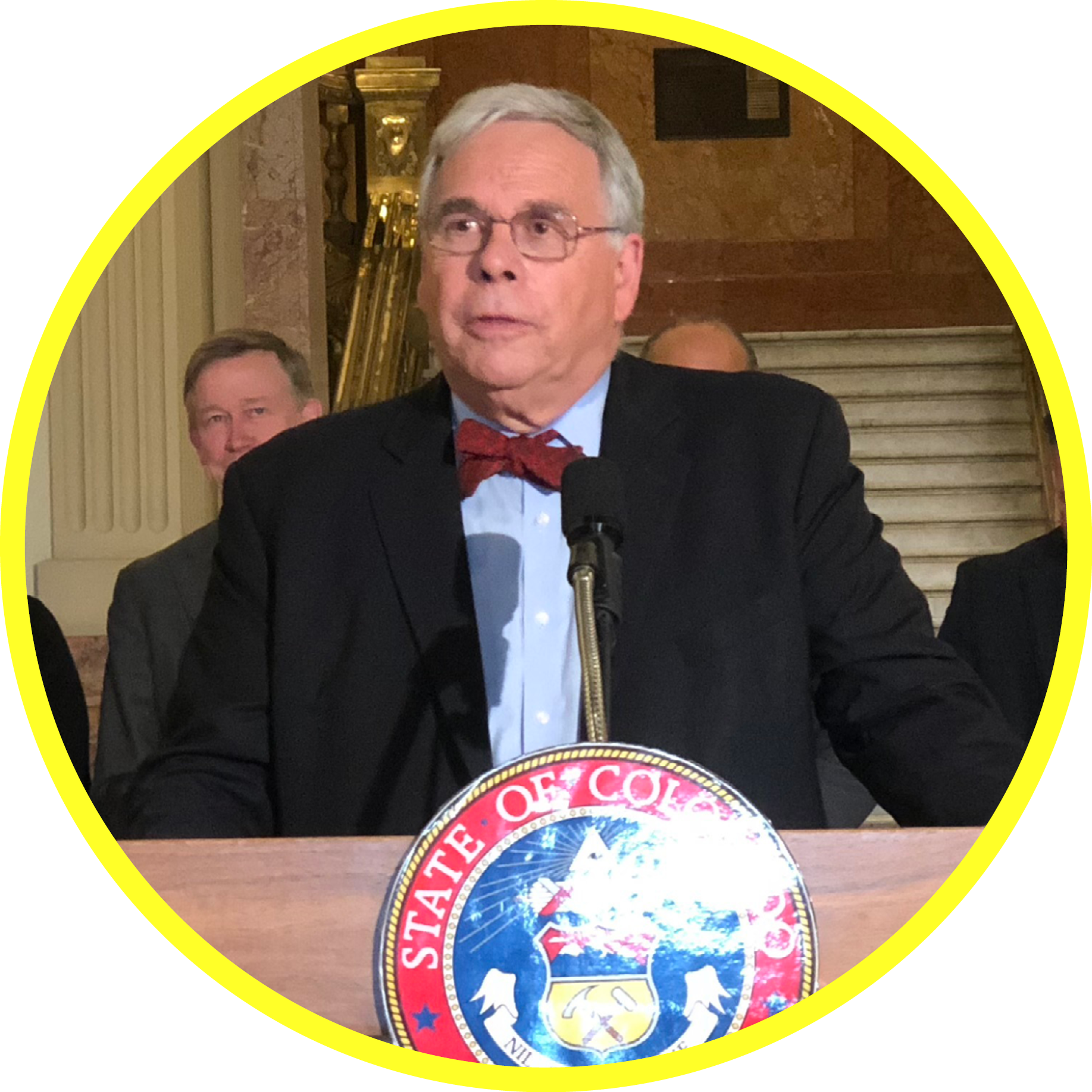

Dr. Richard Krugman
EndCAN Co-Founder &
Board Chair
Episode 5: Deep into the History of Child Abuse
Dr. Richard Krugman explains the history of child abuse and the field of child welfare since the beginning of human civilization up until today. Dr. Krugman is one of the preeminent experts and scholars in the field of child abuse and neglect in this country.
Episode Transcript
Transcript of the Louder than Silence Podcast
Episode #5: Deep Into the History of Child Abuse
Transcribed by Adam Soisson
[Inspirational theme music plays.]
>> Lori: Thank you for joining us. In this podcast, we are real people, talking about real things. Child abuse and neglect: a topic that is all too often left in the shadows of silence, leaving survivors alone, fearful, and oftentimes without a voice. We’re having conversations to become louder than silence. It is here, where we will invite you to join us and be the change needed to end child abuse and neglect.
>> Dick: I’m Dick Krugman, I’m Chair of the Board of the National Foundation to End Child Abuse and Neglect. I’m also a distinguished professor of pediatrics at the University of Colorado School of Medicine and I’ve spent the last 50 years of my life being a pediatrician. Also Dean of the Medical School and along with Lori Poland, co-founded the National Foundation. Child Abuse as a field is certainly not a new one. It’s got a very interesting history. It’s been around for millennia. There are Egyptian hieroglyphics that have been uncovered that show the beating of children. There was clearly sexual abuse of children back in Roman times. One good example, I suppose, is the castration of boys so that they could be kept as sopranos or altos for their singing. There was a fascinating textbook of obstetrics and gynecology written by a Greek physician named Soronos in the year 200 AD. Soronos had a book where he described how to manage pregnancy and woman and how to deliver babies. His last chapter called “how to choose a wet nurse.” I guess in Greek times there were special wet nurses who nursed babies for many of the women of Greece or Athens probably at the time. Soronos said, “you know, you should choose a wet nurse that has an even temperament because wet nurses who don’t have an even temperament will shake and tremble when babies cry and the babies will fall from their hands and weeks later they will have big heads and water on the brain.” Now, this is a description in 200 AD of what we now call Shaken Baby syndrome. It’s the leading cause of death in infants in the United States and Britain and around the world, in infants under a year of age where they cry and cry and cry and they’re shaken, they’re suffocated, or they’re lifted up and thrown against a wall in frustration by someone who doesn’t have an even temperament. So this has been around quite a while.
In 1860 there was a French physician named Amboise Tardieu. Tardieu was the equivalent of a medical examiner and he wrote a paper that described the 32 children that had been killed, he said, beaten at the hands of their parents in 1860 in Paris and he called on French physicians to do something about the problem and he was ignored. In 1866, Tardieu actually wrote a book on infectious disease and he described genital infections in young children 6-10 years of age and he said, “these are children who are being sexually abused and we should do something about this problem because children shouldn’t be sexually abused” and again Tardieu was ignored. Interestingly, one of the physicians working with him was a Viennese physician by the name of Sigmund Freud and he knew all about Tardieu and his work in physical and sexual abuse. When he went back to Vienna and began to practice psychiatry, he had a case of a woman named Dora who described to him her sexual abuse and incest at the hands of her father. The other physicians in Vienna, the other psychiatrists said, “that isn’t true, women have what they call the Oedipal Complex and the fantasy of having sex with their fathers.” Freud sadly recanted his views and never talked about abuse again and probably set the field of child abuse and neglect back by about a century.
In the 1960s, a century after Tardieu, Henry Kempe, a pediatrician here in Denver, published a paper called the Battered Child Syndrome and that paper brought public attention to the problem of child abuse and neglect in a very impactful way. Henry knew that physicians weren’t interested in this because the year before his paper was published he presented his findings at a meeting of a thousand pediatricians in Chicago at the American Academy of Pediatrics in 1961 and after a three hour symposium where he described the physical findings of battered children who he had seen here in Denver at Colorado General Hospital, the psychiatric findings, the x-ray findings, the social environment. He had a social worker on the panel and lawyers and judges. At the end of three hours a thousand pediatricians stood up and left the room silently saying, “not in my practice. It doesn’t happen here.” Henry’s paper would have been ignored if he hadn’t invited a reporter for the Chicago Tribune to be at his three hour symposium. The next day there was a headline in the Chicago Tribune that said Battered Children in America. The field, at that time, took off.
One other historical point I should mention, because this wasn’t all medical and how it goes although that’s my lens, I suppose being a pediatrician. In New York City in the late 1800s there was a young girl named Mary Ellen who was a five year old who a public health nurse by the name of Eda Wheeler found. Eda was visiting a house on the east side of Manhattan and Mary Ellen was chained in the closet where she had been kept for most of her life. Eda took her concern about Mary Ellen to a lawyer by the name of Eldridge Gerry. Gerry was an interesting man because he was the one who, if you know something about politics called gerrymandering, he’s the one who discovered it. He designed electoral districts in New York so that the Democratic party would win. Gerry took the case of Mary Ellen to court and he used a statute that New York had passed that made it unlawful to be cruel to animals. So it was the animal cruelty statute that he used and he got an expert witness from Columbia to say that in the world there are three kingdoms – the animal kingdom, the vegetable kingdom, and the mineral kingdom. Animal, vegetable, mineral. He could state that with absolute certainty that Mary Ellen was not a plant and that as an animal, since she was part of that kingdom, the statute should apply to her and the judge agreed. On the basis of that case she was removed from her home and put in an orphanage for her own protection where she spent the next 13 years of her childhood growing up and going to school. She later became a social worker and moved to upstate New York and was very involved in the world of child welfare.
So what was both the health and the child welfare roots that brought child abuse in the 1960s finally to our public attention. Henry Kempe felt, given the fact that physicians weren’t particularly interested in this issue in the ‘60s, that the best way to deal with it, and what they were dealing with at the time was physical abuse and neglect, that the best way to deal with it was to mandate the reporting of suspected cases by physicians, teachers, and other professionals who saw children. Child welfare departments were charged with evaluating the families and trying to provide services that would prevent, that would in fact treat the family and prevent further cases of abuse happening. In the 1960s it was pretty successful. There weren’t many cases around, Henry’s original paper in 1962 estimated that there might be as many as 749 children in the United States who were battered. Once mandatory reporting started in the late 60s. By 1969 there were 60,000 cases reported. By 1979 it was 669,000 cases. Right around that time, in the late 70s, when we re-discovered sexual abuse as an issue for children and families in the United States, the whole field of abuse and neglect exploded and went in a different direction. When I use the word exploded I mean 1) the caseloads, the cases and reports dramatically increased. By 1990 there were 2.4 million reports. By ’96, 3.5 million reports. It also exploded because the time and ability of child welfare to actually treat children and families was over because physical abuse and neglect were primarily viewed as social issues that social services could provide help for. Sexual abuse, on the other hand, was a criminal problem. One of the hallmarks of the United States and other countries, other democracies is that you cannot criminally prosecute someone unless you can prove it beyond a reasonable doubt. The reason Henry Kempe never thought we should be approaching abuse and neglect criminally was because children were not very good witnesses and proving beyond a reasonable doubt what happened to the child, when, who did it, and how was too high a bar. His view was, what we wanted to make sure was that whatever happened was, what we wanted to make sure, was that whatever happened didn’t happen again. But this country’s approach to sexual abuse is primarily a criminal approach and as such over the last 30 years, the child protection system in this country has gotten very adversarial, very criminalized and there is not much help for children and families where abuse is an issue. So that’s one person’s view of the history to date. There are lots of other histories. There are chapters and books written about the history of child abuse and neglect but it’s been, the bottom line message is 1) it’s been around for thousands of years. 2) it’s still with us and 3) we haven’t quite addressed this problem the way we’ve addressed other scourges that affected children and adults in the early years like infection and malaria and hunger and a wide variety of other things. So we have work to do. I hope that little bit of history gives you a sense of what we have behind us and the one thing I’d close with is Brandt Steele who was a psychiatrist who worked with Henry Kempe always said, “if you don’t understand someone’s behavior, you don’t have enough history.” So taking the time to really learn the history of not only what’s going on in our field but what’s going on with the children and the families and the adults who are trying to serve is critical if we’re going to make progress. This is Dick Krugman and that’s my history of the world of child abuse, according to Krugman.
[Inspirational theme music plays.]
>>Lori: I want to thank each of you again for joining us today and listening in. If you or someone you know is being abused, please call 1-800-4-A-CHILD. To learn more about EndCAN, visit www.endcan.org or find us on all social media platforms. Join us in being Louder than Silence and being a part of the change. Please leave a comment, like our podcast, or share with your friends. The more the word spreads, the more of a collective impact we can have. If you have a question or you know someone who would want to be a guest on our podcast, please contact bethechange@endcan.org. Thanks again, and have a great day.
<END>


